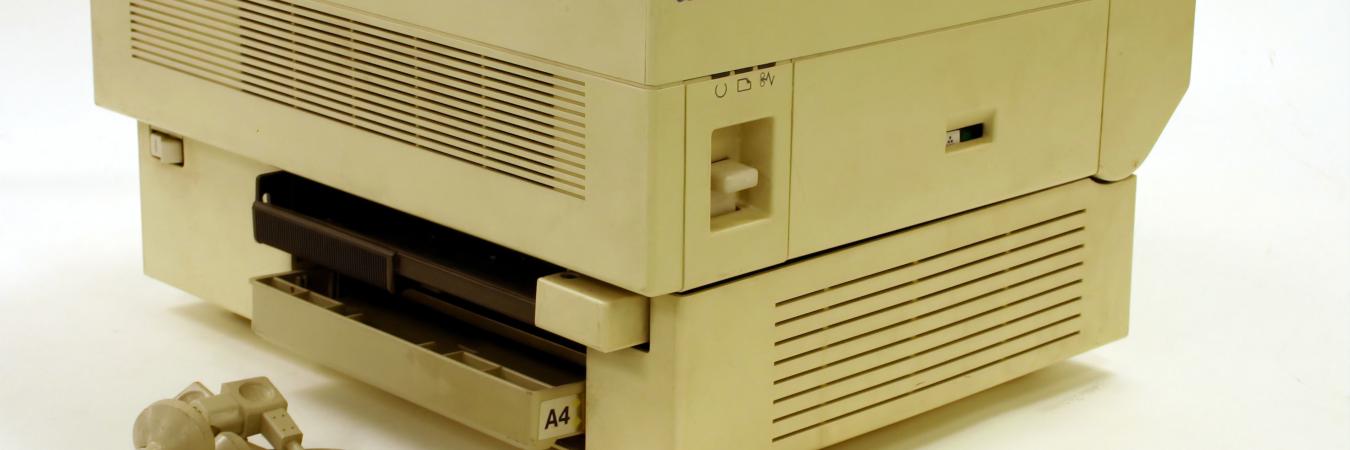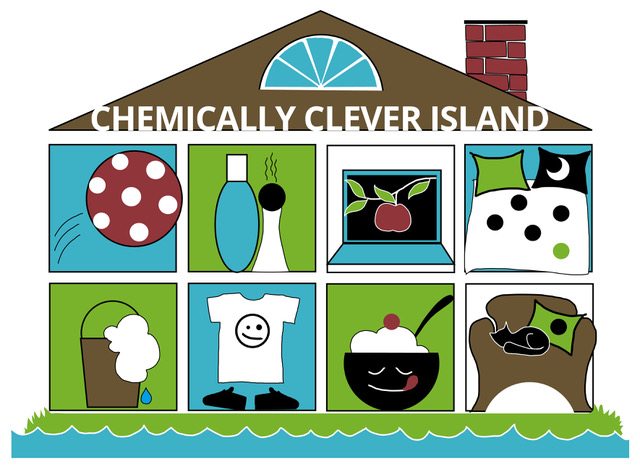Workroom findings

Printers
Buying a completely new printer could be tempting when it is cheaper than just buying a new cartridge. But a lot of raw materials, metals and chemicals have been used for the manufacturing of the printer before it lands on your desk. Buy good quality which lasts longer, both in order to save the earths resources and not to contribute to elevated emissions of chemicals.
In the same way, maybe not just your wallet should be the decisive factor in what you load your printer with. Toners and ink could contain environmentally hazardous substances such as lead, cadmium, mercury and chrome.
Labels which are responsible for for instance recycling systems for empty cartridges might cost a little more than anonymous ink from the net stores, but the risk of spreading hazardous chemicals both here and at the manufacturing sites is reduced.
The Laptop
To manufacture a laptop there is raw materials needed from all over the world, and the transports are many and long. 240 kilos of fossil fuel, 22 kilos of chemicals and 1500 kilos of water is consumed.
The handy little thing weighs a few kilos, but leaves over a ton of waste behind, mostly in the form of remnants from the mining and slag from lead smelters. Not to mention all the greenhouse gases used when metals are mined and processed.
Flame retardants, chloride paraffins, endocrine disruptive phthalates and heavy metals are leaked to the air when you are using the electronics.
The Swedish Chemical Agency recommends new appliances to be allowed to stand in stand-by mode in a well ventilated room for a while before they are being used, in order for the worst fumes to be released. And then: Ventilate and keep clean so that you avoid breathing in the nuisance. Honor the resources which has gone into manufacturing your laptop by using it for a long time.
Office furniture
A typical office furniture is seldom built by natural material such as wood, but more often by cheaper substitutes such as plastics and glued boards. Chip boards are made of wood chips from the sawmills, glued together by using adhesives such as phenol formaldehyde resin or polyurethane (isocyanate).
These substances emit gases to the indoor air and are both cancerogenic and allergenic. Todays chip boards contain considerably less formaldehyde than they used to.
Melamine and phenols cause less emissions of formaldehyde, and there are as well other types of glue. But generally you could say that material which contains a lot of glue risk emitting toxic substances to the air. Solid wood is more healthy, could be kept over time and age beautifully.
Dust bunnies
Most of us spend 90% of our time indoors, where the air and the dust are filled with chemicals from furniture, electronics and building materials.
The more synthetic materials we keep at home, the bigger the risk for the dust to be composed of flame retardants, endocrine disruptive phthalates and other chemicals.
We breath the dust, and consume it through the food and the skin which can absorb fat soluble chemicals. Air and keep clean so that the dust doesn´t have a chance of assembling itself into wooly dust bunnies - more toxic than cute.
